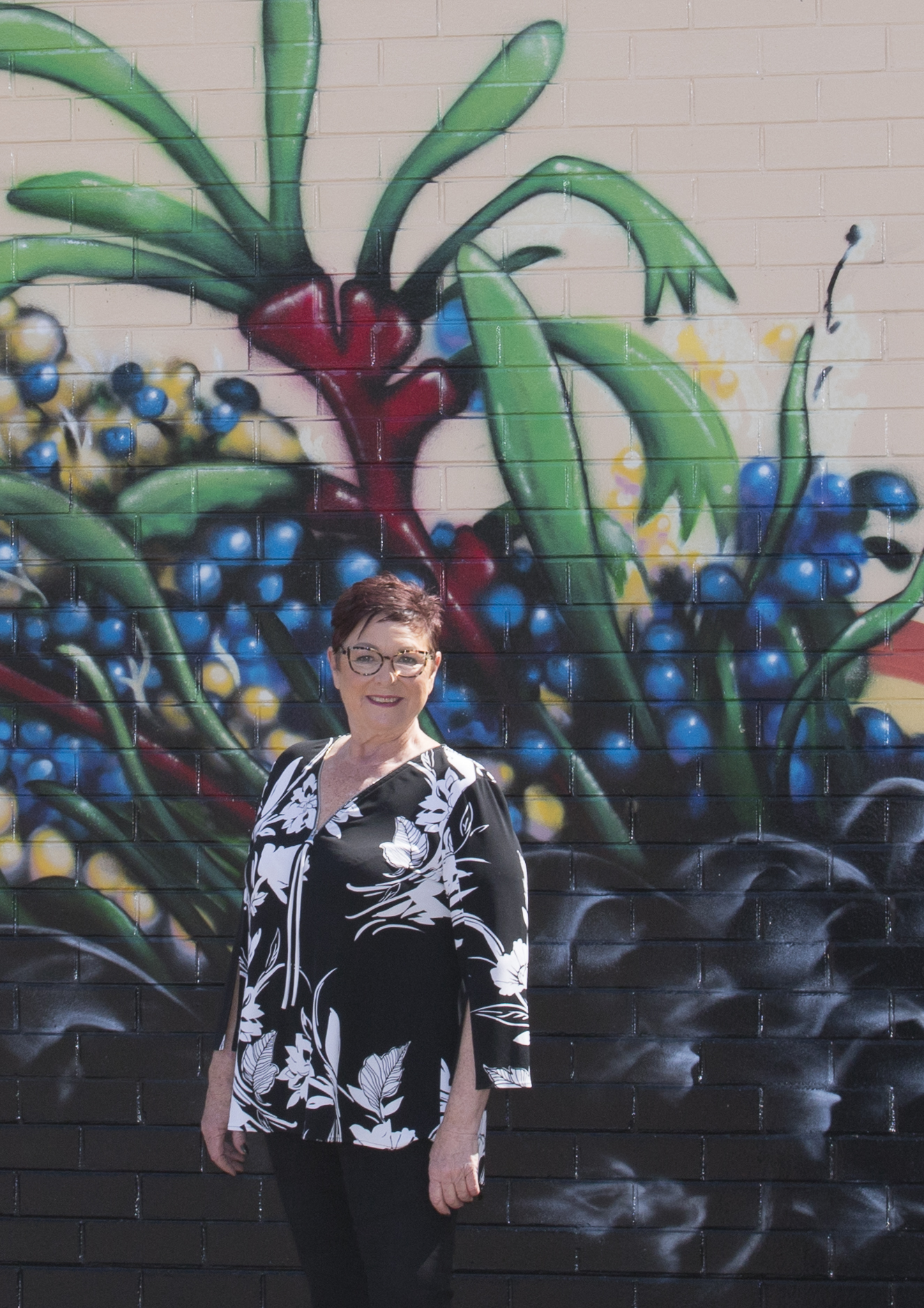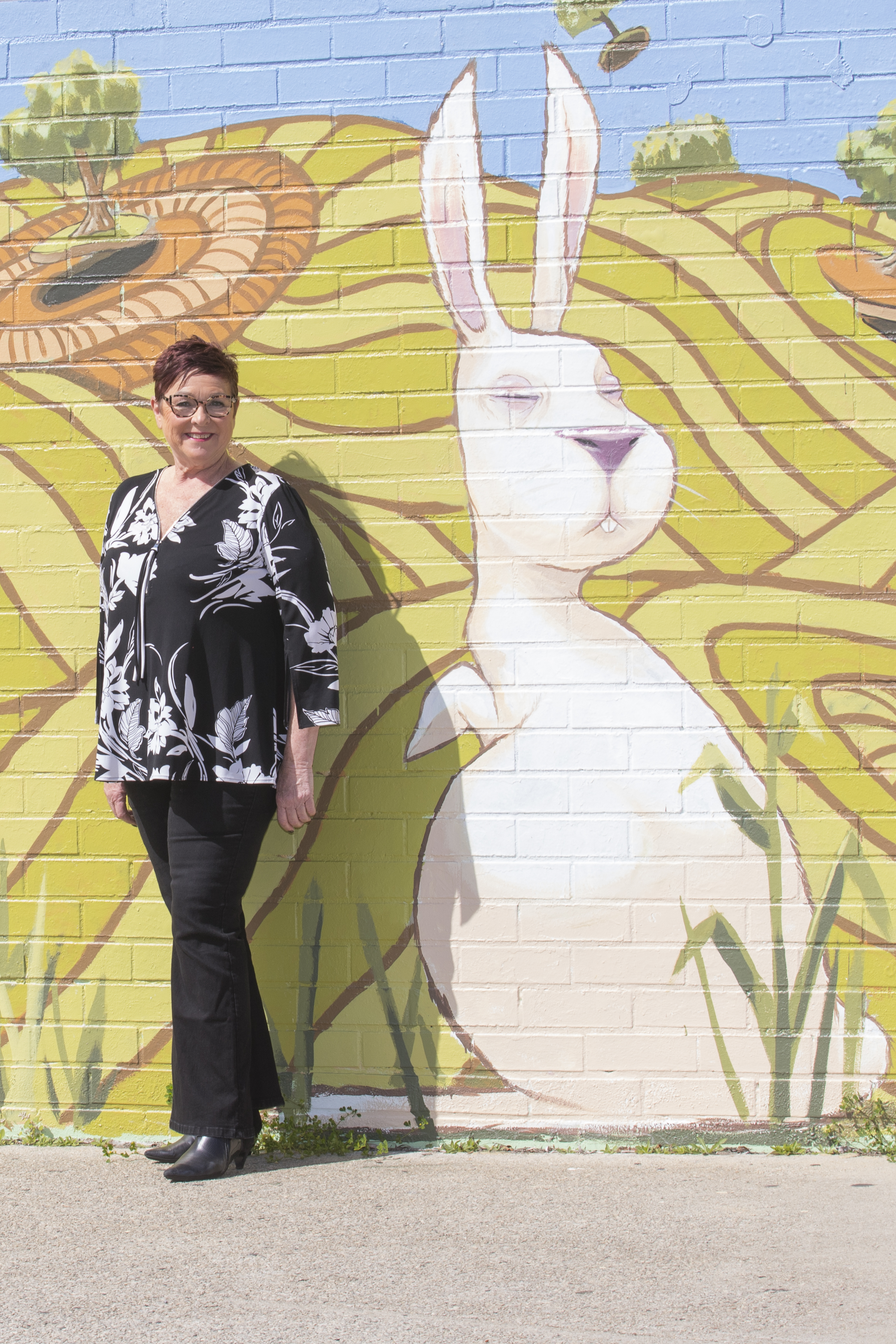Electorate Demographics:
Welcome to Maylands, a suburb known for unique café culture, numerous community clubs and events and home to ~10km of the Swan River/ Derbarl Yerrigan which provides residents with beautiful waterfront views and recreational opportunities. Our riverside parks and walkways offer a serene escape, ideal for picnics, walks, and other outdoor activities.
A
Maylands embraces a multitude of cultures, socio-economic backgrounds, and lifestyles, where diversity is reflected in our local businesses and community groups.
Here are some key demographics of Maylands (sourced from the 2021 ABS census):
Maylands population is just over 43, 000 people, with a median age of 38, and a significant percentage (over 25%) of our community live in family arrangements, with an average of 1.7 children living in our households. Over 55% of our people living in committed partnerships (married or defacto).
We have over 600 Aboriginal and/or Torres Strait Islander people living in our electorate.
The Maylands residents have a high percentage (over 45%) of people who have completed TAFE and University degrees, highlighting a commitment to education and professional development. Another 30% of Maylands constituents are currently pursuing a tertiary qualification.
Maylands stands as a testament to Australia's multicultural fabric; we have a range of people who from different ethnic heritage, with many people from Italian, Indian, Vietnamese and Chinese background. There are a variety of languages that are spoken at home; almost 25% of our constituents use a non-English language at home, including Vietnamese, Mandarin, Italian, Cantonese and Spanish, reflecting the electorate’s commitment to inclusivity and cultural exchange.
The average household median wage - $1,844 - is higher in this electorate than the Australian average which is $1,300. Maylands residents have an average of 1.6 cars per dwelling, although I am not sure where the .6 of a car is driving!
There is a spread of occupations represented in the Maylands electorate, with a number of industries represented including: medical (4.6%), hospitality (3%), government (2.8%), FIFO (2.5%) and social services (2.3%).
Number of Electors: 29, 731 (2021)
Source: Western Australian Electoral Commission. State Electorate Information.
A
History of the area: The Maylands area was inhabited by the Noongar people for thousands of years prior to British arrival. The Derbarl Yerrigan is a sacred place for Noongar people being created by the Waugal (a Dreamtime Creation Spirit). The river has many meeting places where indigenous peoples would gather as they travelled from place to place. It also served as a source of nourishment.
A
British development of Maylands occurred over two separate time periods. The peninsula area from 1830 was farmed by the Tranby Settlers led by Joseph Hardey. The area around the Maylands train station which contains historic homes and the town centre did not develop until the train station was built in 1900 to support the Mephan Ferguson pipe factory. The factory manufactured pipes for the Coolgardie water scheme.
A
The area around the train station was originally called Falkirk. Although the peninsula land area was known as Maylands for some time, Falkirk was renamed as Maylands and the area has been known as this until now. How the name Maylands was chosen is a source of conjecture among historians.
(Source: History Teachers' Association of Western Australia/Maylands Historical and Peninsula Association)
A
Origin of the Name (after Settlement): The suburb of Maylands was developed in the 1890s around the railway line built through the area in the 1880s. The origin of the name is uncertain, but two possibilities have been suggested. One possible origin is that the name relates to the purchase of the land in the month of May by Mr E.W. Hamer, the other origin is that it was named by Mr Mephan Ferguson after his daughter, May. Ferguson ran an early business in the area.
(Source: Western Australia. Department of Land Administration. Names and Places.)
A
Legislative Council Region: East Metropolitan
A
Suburbs/Towns: Bayswater*, Bedford, Embleton*, Inglewood*, Maylands* and Morley*.
* = Suburb/Town split between more than one District.
(Source: Western Australian Electoral Commission, State Electorate Information)
A



